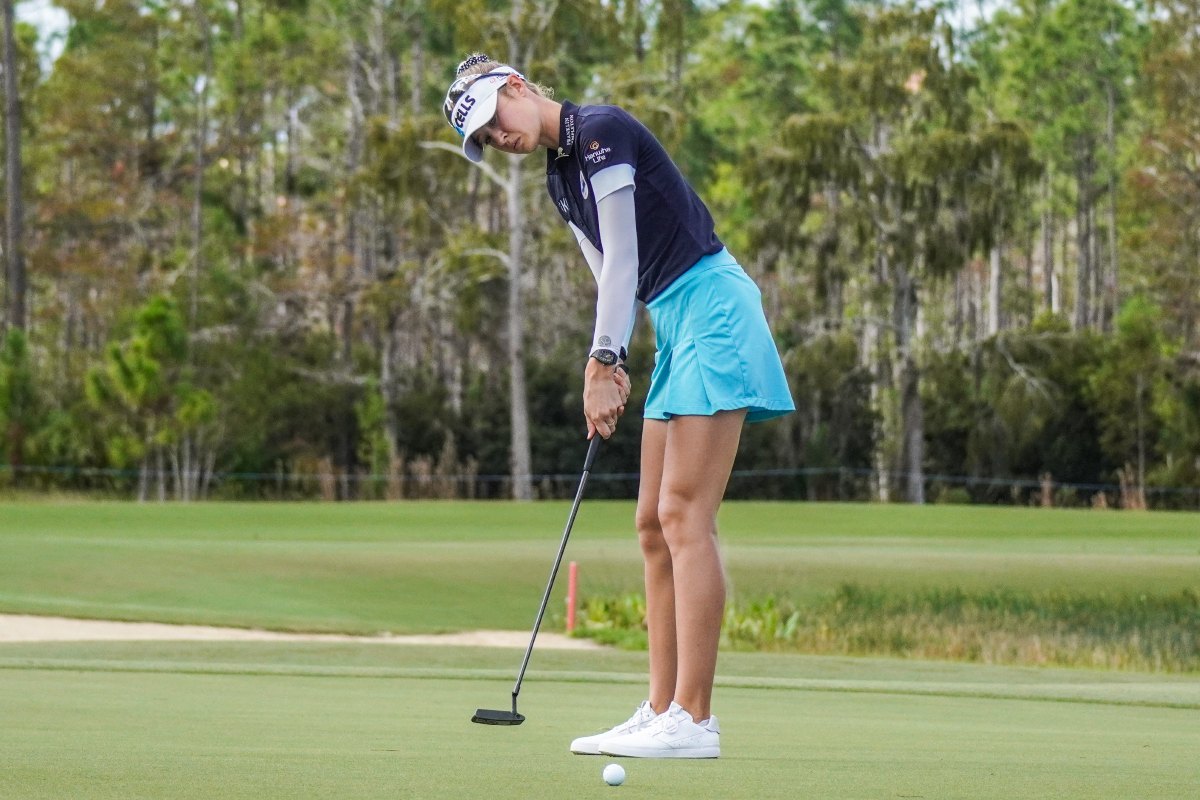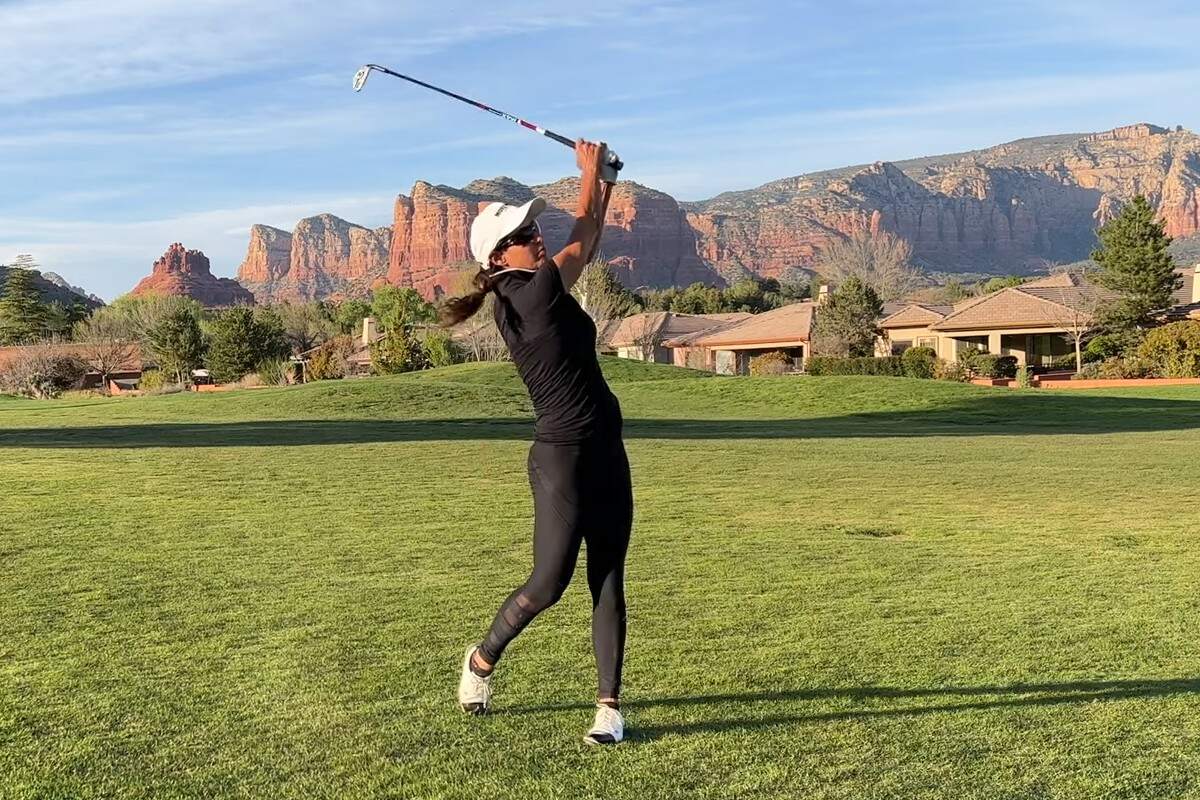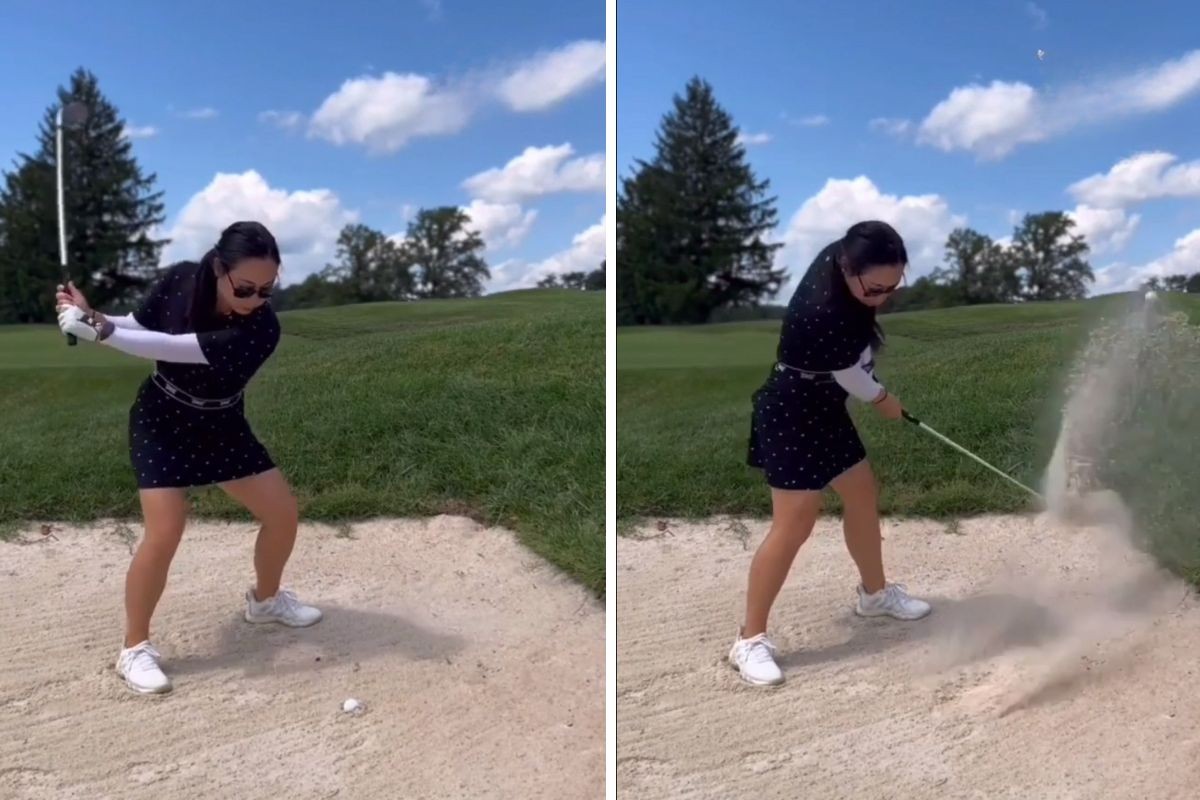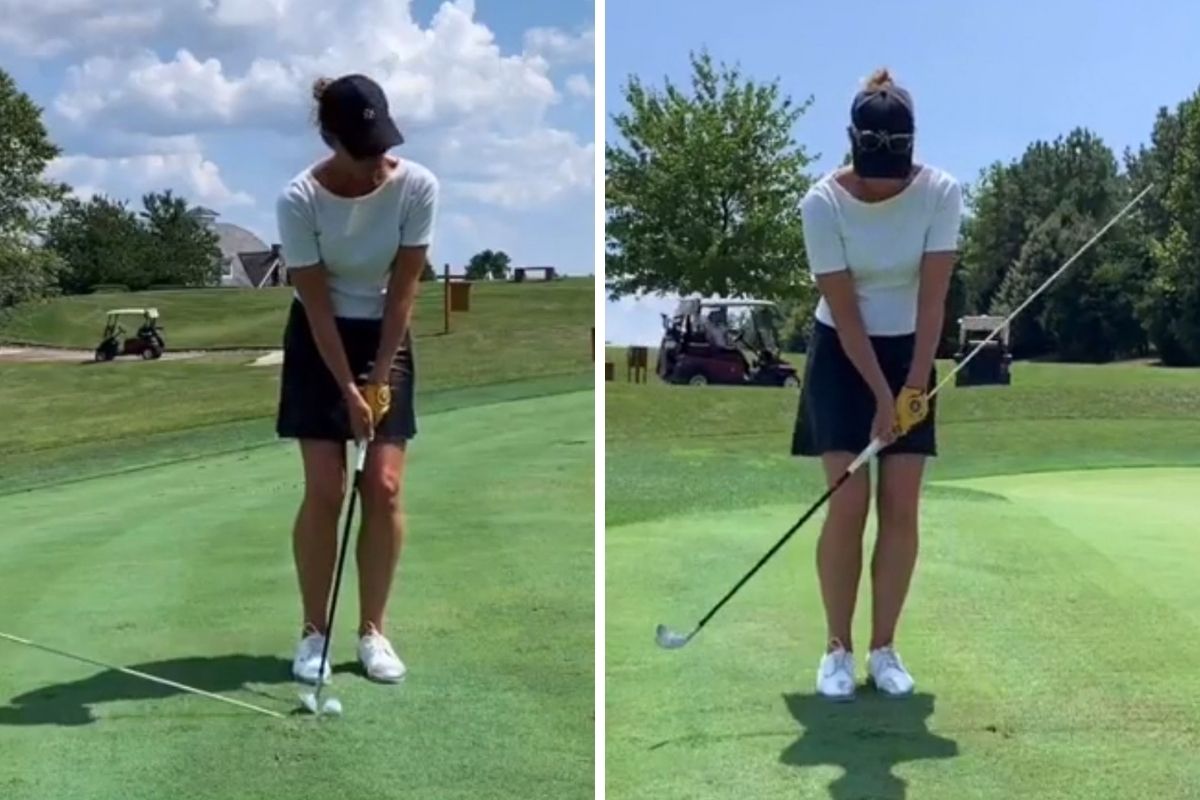So much about putting instruction today is about teaching golfers “a better stroke”. While technical fundamentals are important, my belief is that I have to help my students learn to make more putts! Certainly, I want to work with their skill development in putting, defining their movement patters and agree with them on compatibility. Then it boils down to consistency…what can one do in the four basic skill areas of putting: Speed, Read, Aim, and Line. The bottom line is delivering the ball with a consistent speed into the hole. Consistency should have a higher priority than putting style. Research shows that the best putters don’t necessarily have the best technique, but have consistent movement patterns. Most definitely, I do not have a specific technique that I subscribe to. This is why putting sessions tend to very enjoyable for me as an instructor because you see so many different styles that work. Putting is both science and art. My belief is that you also cannot discount both belief and intuition as part of the successful putter. And…touch and feel can be learned! It is about matching up green speed and delivery speed!
With this being said, I get a lot of questions about putting. This encouraged me to share some thoughts and considerations on putting.
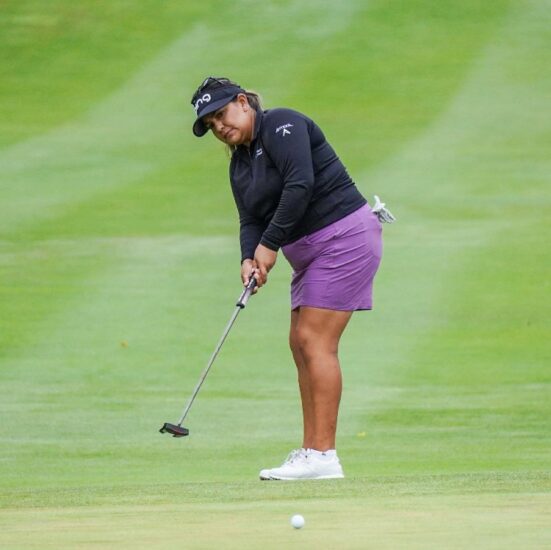
Reading the Putt vs. Reading the Green
Reading greens is “forecasting” what the ball will do based on green shape, hole location, green speed, slope direction and slope percentage. Reading putts is making a “decision” on where to aim and start the ball along a pre-selected line based on matching the skills of speed and read.
In reading putts, the green surface that matters is the surface the ball will roll over from its resting place into the cup. So there is a big difference in reading the green and reading the putt. Reading the green gets you started on accurately reading the putt. The most important part of any putt is the last two or three feet…it is supposed to be reasonably flat and not too tilted. Learning how breaking putts from any direction must cross the 3 foot disk around the hole into the hole is mostly knowing how to see the “SPIDER”…below.
Arc vs. Straight Stroke
My belief is that all putting strokes are arcs in 3 dimensional space and straight back/straight through in 2 dimensional space. One needs to look at the path and rise angle…are they compatible? Is it clubface rotation or true arc putting? Where is the face at address, the face at impact, and the face during the motion. Is it better to change the aim or the path? Research shows that so few golfers start the ball perfectly on line, have the face perfectly square or have the perfect path direction every time. Whatever you do, just do this consistently.
Aim Challenges
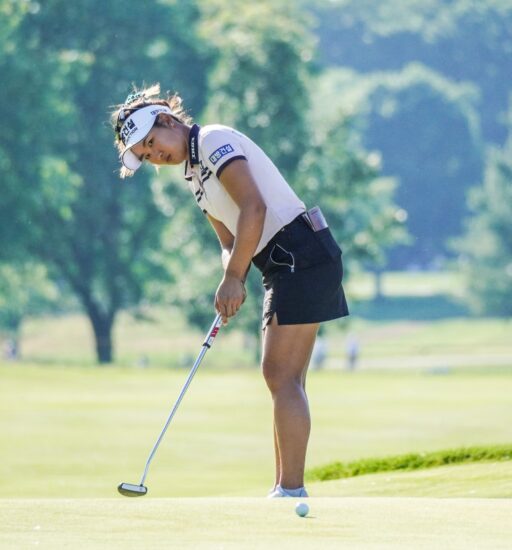
Most golfers have difficulty with aim. This could be one or more of many differing things: perception of target location, awareness of self in 3 dimensional space, putter orientation to target, self orientation to the putter, putter design, and putter fitting. There is both static aim and dynamic aim…the brain/body connection really comes out here when you see a golfer aimed one way statically and this drastically changes dynamically. Learning to use the line on your putter more like a compass vs. a protractor might bring the dynamic aim and static aim together, especially since it is not exact. If their putter is fit to them, knowing their tendencies of aim might help with mapping out the play of the hole from tee to green!
Some physical factors that could be influencing your aim:
Putts going left of the hole (right-handers)
- ball too far forward
- club rotation in counter clockwise direction
- shaft leaning backward
- shaft angle lowered
- body alignment too far left
- putter design where it appears “open” when it is “square”
Putts going right of the hole (right-handers)
- ball too far back
- club rotation in clockwise direction
- shaft leaning forward
- shaft angle raised
- body alignment too far right
- putter design where it appears “closed” when it is “square”

